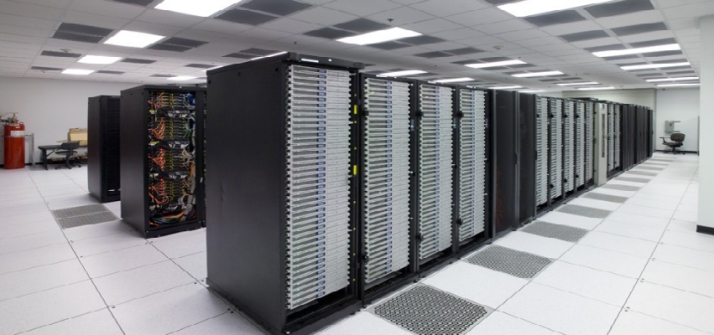 In almost every data centre, cable management is the most neglected part but this shouldnt be the case. Improper cable management can result in many different types of problems. For instance, one might trace a wrong cable and disconnect a production host when working with something that is entirely different. Or it could be that the right wire is not found at all.
In almost every data centre, cable management is the most neglected part but this shouldnt be the case. Improper cable management can result in many different types of problems. For instance, one might trace a wrong cable and disconnect a production host when working with something that is entirely different. Or it could be that the right wire is not found at all.
As per the wide range of problems that data centre managers generally face when it comes managing the cables, here are some tips that can help to organise better and prevent mistakes:
Managing Cables In Racks With The Use of Patchy Panels :
This is one of the most effective methods for improving cable management. Although the upfront cost can be a bit high, but it will save hours of hassle in future. Removing old or adding new cords will also be easier.
Using Coloured Cables for Denoting Functionality :
If the cables are coloured as per their functionality and then connected, it would be easier to determine the kind of connection. For example, using different coloured wires for a iLOM connection and a KVM IP connection would make it easier to identify their functionality.
Removing Unnecessary Cords :
It is important to remove unnecessary cords and dispose them off as soon as possible. Otherwise heaps of unused wires would soon become the dwelling places of rats.
Data Centre Cable Seals :
Using data centre cable seals can not only give the countless wires an organised and uncluttered look, but also improve the management of airflow within a data centre system.
Running The Cords From Sides, Not The Middle :
Although a common sense, it is quite surprising that many data centre managers make this mistake. Cables should never be run through the middle of a rack. Running them from sides will make it easier to remove or add servers in the rack.
Using As Many Ties and Velcros As Required :
In order to maintain the organised look of data centres, it is vital to use as many ties and velcros as needed. Using velcros gives an advantage of adding new cords without having to cut the ties.
Labelling The Wires :
It is good to label the wires using some sort of identification number that obviously make sense. This will allow one to use old cabling even when old servers are replaced with new ones. However, it is advised not to use port name, switch name, server name, etc. as tags.

You must be logged in to post a comment.